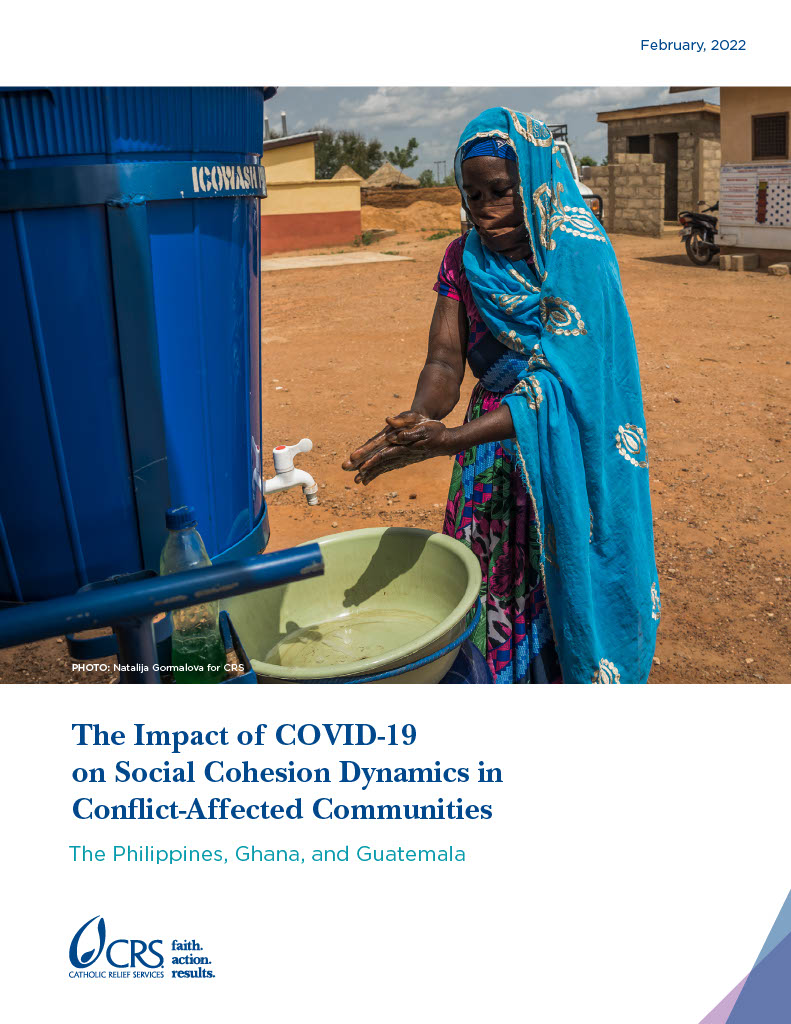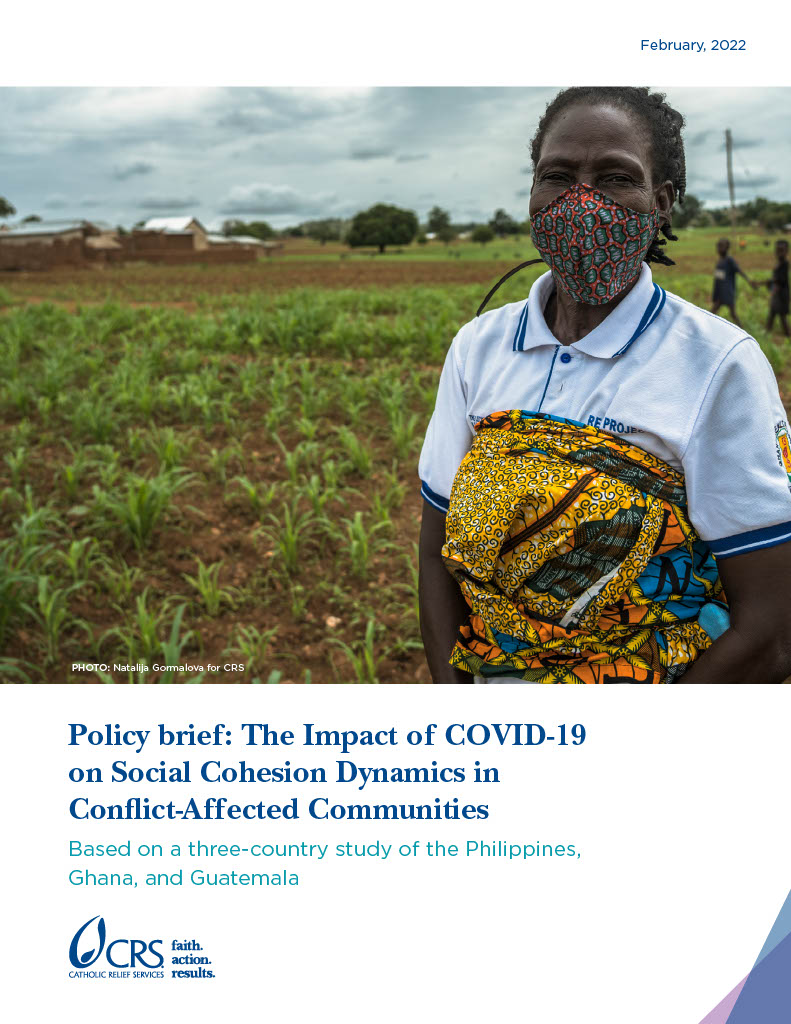
The Impact of COVID-19 on Social Cohesion Dynamics in Conflict-Affected Communities
Introduction
Since its emergence in 2020, the COVID-19 pandemic has had a profound impact on societies all over the globe. With more than 5.5 million deaths recorded by WHO and 350 million cases, it has been a “shock event” with “lasting social, political, and economic effects on societies and the health of societies.” Voluntary and nonvoluntary interventions to stop or slow the spread of the virus have been implemented by governments around the world, including the use of facemasks, regular testing, and societal restrictions, most exemplified by ‘lockdowns,’ which by April 2020 covered 3.9 billion people. While 2021 saw the development and approval of effective vaccines and the gradual removal of pandemic restrictions, issues of distribution, including outright hoarding, have left the Global South with markedly lower vaccination rates. The emergence of new coronavirus variants has highlighted the need for continued non-pharmaceutical interventions to protect health.
Although the pandemic necessarily has global effects, communities with a history of conflict have generally been hit harder by the shock of COVID-19 due to pre-existing vulnerabilities, and risk tens of millions of people falling into extreme poverty. As noted by UNDP, COVID-19 has “shone a harsh light on existing structural inequalities and intersectional discrimination”, with the pandemic’s effects most greatly felt by the most vulnerable and marginalized groups. Indeed, beyond the direct impact on health, the secondary impacts of the pandemic resulting from both voluntary and nonvoluntary social and governmental responses risk exacerbating conflict and undermining the social cohesion in conflict-affected communities.
As conceptualized by CRS, social cohesion refers to the strength, quality, and diversity of relationships between and among individuals, groups, and communities based on trust, respect, mutuality, and equal opportunity. It is determined by the strength and quality of horizontal (between and among equals or near equals) and vertical (across hierarchies) dimensionality, and encompasses the socio-cultural, economic, and political spheres. It both affects and is affected by shock events. Stronger horizontal social cohesion provides resilience against the social and economic consequences of shocks through communal solidarity, while stronger vertical social cohesion facilitates trust in governmental responses and allows better identification of needs and solutions. Shock events such as the COVID-19 pandemic can highlight weaknesses in existing social contracts, fuel competition over scarce resources, and drive antagonism between groups along both horizontal and vertical dimensions, fraying social cohesion.
This report draws on data derived from qualitative interviews, focus group discussions (FGDs), and a quantitative survey — the CRS Social Cohesion Barometer — conducted in six locations across three countries to assess the impact of the COVID-19 pandemic on social cohesion dynamics. In total, 84 key informant interviews (KIIs) and 38 FGDs were conducted for a total of 312 participants. The report assesses the impact of the pandemic, and governments’ responses to it, along both horizontal and vertical dimensions of social cohesion. It also highlights the role and community perceptions of civil society actors involved in this response. In doing so, the report draws conclusions and recommendations to support social cohesion efforts in these, and other communities.
High Level Findings
Unsurprisingly, the impacts of the pandemic on social cohesion varied by location; however, five cross-cutting findings emerged and held true in all three geographies:
- Perceived uneven distribution of COVID-19 aid led to increased perceptions of corruption as well as competition for limited resources.
- Widespread lockdowns and restrictions on the movement of goods and people have further exacerbated existing economic cleavages – important barriers to social cohesion – particularly for those who work in the agricultural sector.
- A lack of access to, and distribution of, accurate information from trusted sources about COVID-19 and responses to it has contributed to growing mistrust of governing authorities, undermining vertical social cohesion. Not only has this opened space for the spread of mis- and/or disinformation but it has also threatened horizontal social cohesion by fomenting sectionalism.
- Respondents were generally positive about the role of civil society in the pandemic response.
- Shifting funding priorities to ameliorating the economic impacts of the pandemic and bolster livelihoods has led to a reduction in focused social cohesion programming.
Published April 2022



